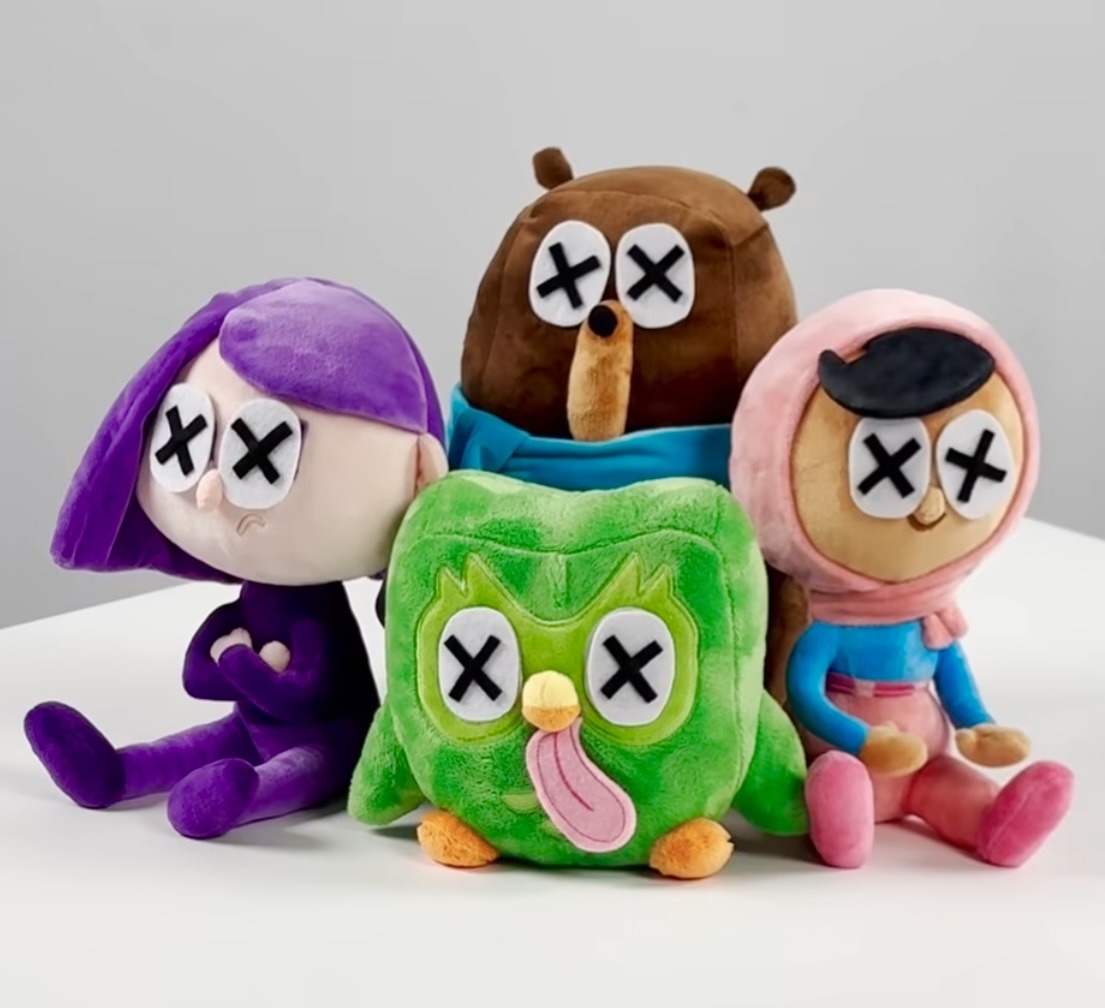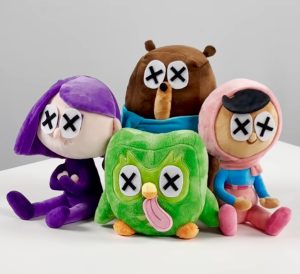Great marketing, like Duolingo’s recent viral campaign, doesn’t just speak to an audience—it invites them into the conversation; making connections is the key to brand success. With TikTok and Instagram dominating their feeds, Gen Z and Gen Alpha are always plugged in, making these platforms essential for any brand looking to connect. TikTok, in particular, has become a prime space for brands to showcase their humorous side and engage with audiences in unexpected ways. One of the most recent and bizarre examples of this is Duolingo’s viral marketing stunt, where the brand “killed off” its iconic green owl mascot.

What initially appeared to be a random joke quickly gained traction, fueling speculation that it was part of a larger marketing strategy. Soon after the announcement of Duo the Owl’s death on February 11, 2025, Duolingo released a dramatic video depicting the owl being struck by a Tesla Cybertruck and sent floating into the gates of hell. This absurd yet hilarious content sparked an outpouring of reactions, with TikTok users and even major brands joining in on the spectacle.
How to Resurrect an Owl
Duolingo cleverly used the owl’s “death” to reinforce its core product: language learning. The brand claimed that completing lessons could “revive” the green bird, turning a joke into an incentive for app engagement and launched a dedicated site, Duo Needs Your Help, where users can track progress and see how many experience points (XP) are needed to bring him back. This level of audience interaction goes beyond traditional advertising; it immerses users into the brand’s world, making them feel like active participants rather than passive consumers.
How Duolingo Redefined Brand Engagement
The shift in digital brand strategy has moved away from the Twitter beef era—where Wendy’s dominated in 2016–2017 with its savage comebacks—to a more playful and community-driven approach. Now, brands interact with each other in TikTok comment sections, participating in viral moments rather than competing for the wittiest insult.
At Duolingo’s “funeral,” the comment section was filled with blue checkmarks, as brands like Doritos, Calm, Hilton, and Uncrustables left pun-filled tributes to the fallen owl. Media outlets like the Daily Mail humorously played along, posting “breaking news” updates on the mascot’s demise. The viral nature of this campaign wasn’t just about entertainment—it also served a deeper marketing purpose.
Cracking the Code: Duolingo’s Viral Marketing Strategy
The success of brands like Duolingo in capitalizing on viral trends is built on a foundation of real-time engagement, audience connection, and cultural relevance.
- Social Listening & Trend Tracking
Brands today actively monitor platforms like TikTok, X (Twitter), and Instagram to stay ahead of emerging trends, memes, and viral content. This process, known as social listening, allows brands to track conversations, sentiment, and user engagement in real-time. By leveraging AI-powered analytics tools, they can identify what’s gaining traction, assess audience reactions, and strategically insert themselves into relevant cultural moments. - Authentic Engagement & Brand Personalities
Rather than relying on traditional corporate messaging, brands develop unique personalities that resonate with internet culture. This includes playful interactions, self-aware humor, and an informal tone—like Duolingo’s chaotic and unhinged TikTok presence. - Community-Driven Content
Duolingo’s “death” is a prime example of community-driven content, where audiences fueled the brand’s viral moment. What began as a joke quickly became an internet sensation, with users, influencers, and brands mourning the owl’s passing, often linking it to unfinished lessons. Media outlets picked up the story, boosting engagement and encouraging users to re-download the app. By embracing internet humor and letting the audience drive the narrative, Duolingo turned a simple stunt into a viral marketing win. - Cross-Brand Interactions & Storytelling
The era of competition has evolved into one of collaboration. Instead of attacking each other (as seen in Wendy’s Twitter era), brands now interact in fun, unexpected ways. In the case of Duolingo’s funeral, companies jumped in with puns that tied back to their products:- Doritos – “Chips and condolences.”
- Calm – “Grief is a big emotion, let us know if you need anything 💙💙💙”
- Hilton – “This is not a suite feeling. 😔”
- Kleenex UK – “I think we all need a tissue 😢 RIP Duo.”
- Uncrustables – “Never did my lessons… how do you say ‘rest in peace’ in Spanish?”
To learn more on how you can unlock your marketing potential check out our Blog by Lauren Kaminski on 9 Tips to Enhance Your Marketing Skill.
The Goal: Staying Relevant & Building Brand Affinity
By blending into internet culture rather than relying on traditional ads, brands create memorable interactions that keep consumers engaged and loyal. This shift to a “parketing” approach—where brands act like real people rather than faceless corporations—makes them more relatable, likable, and ultimately, more profitable. Whether it’s through humor, community participation, or cross-brand collaboration, viral marketing moments like Duolingo’s funeral prove that engagement-driven marketing is the future of brand-consumer relationships.
Did We All Fall for It? Duolingo’s Last Laugh
We’re still left with a few unanswered questions about Duolingo’s viral “death.” Who was behind the wheel of the Tesla Cybertruck that caused the owl’s demise? Was this stunt all part of a bigger plan to increase subscriptions, and did it actually lead to more users signing up? And why Dua lipa? While we may never get full answers, it’s clear that Duolingo tapped into internet culture in a way that sparked curiosity and engagement, leaving audiences talking—and perhaps even downloading the app—just to be in on the joke.





